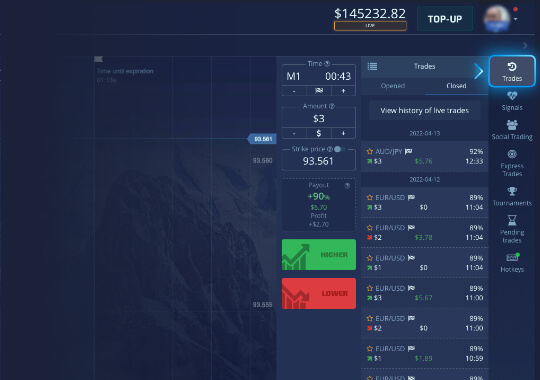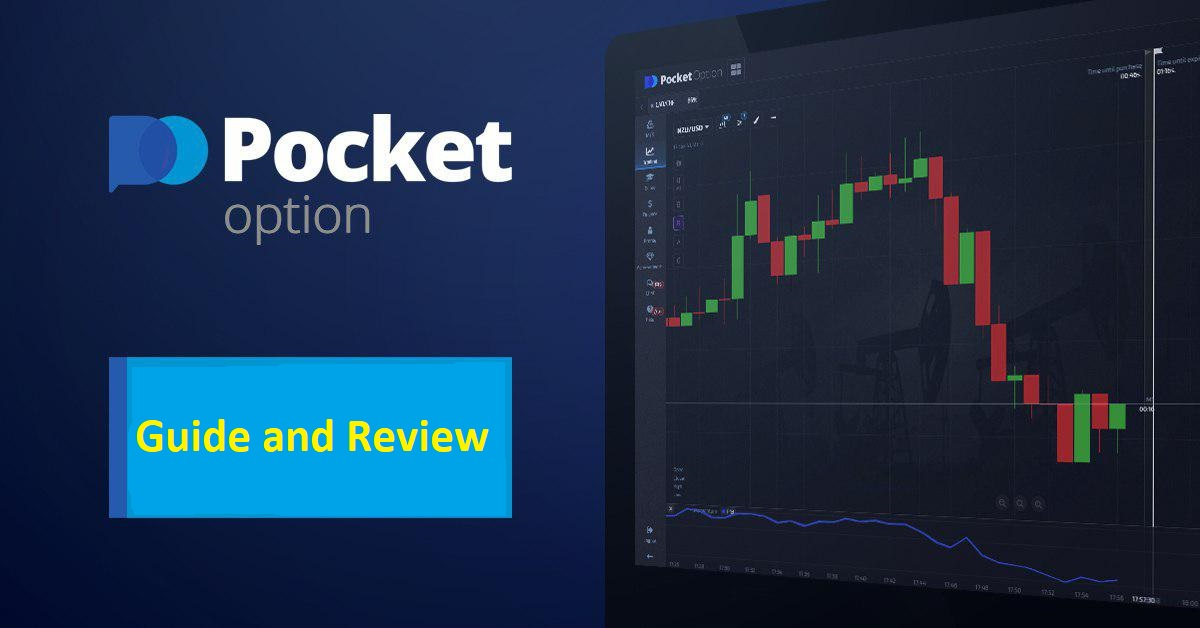
Understanding the Pocket Option API with Python
If you are looking to automate your trading strategies and enhance your trading experience, integrating the pocket option api python pocket option api python into your trading routines can be a game-changer. The Pocket Option API provides access to a variety of trading functions, enabling traders to execute trades programmatically, retrieve market data, and optimize trading strategies efficiently.
What is the Pocket Option API?
The Pocket Option API is an Application Programming Interface that allows developers and traders to interact programmatically with the Pocket Option trading platform. This API offers numerous endpoints for executing trades, fetching user account details, retrieving historical data, and more. By using the API, traders can automate their trading processes, backtest strategies, and implement high-frequency trading algorithms, significantly increasing their efficiency in the financial markets.
Why Use Python for Pocket Option API?
Python has emerged as one of the leading programming languages for data sciences, machine learning, and algorithmic trading. It is renowned for its simplicity, ease of learning, and the availability of powerful libraries such as Pandas, NumPy, and Matplotlib, making it an ideal choice for traders looking to delve into algorithmic trading. Additionally, Python’s strong community support means that you can find numerous resources and libraries to ease the integration of the Pocket Option API.
Getting Started with Pocket Option API in Python
To start utilizing the Pocket Option API with Python, you’ll first need to set up your trading account and obtain your API key. Here’s a simple guide to help you get started:
- Create an Account: Sign up for a Pocket Option account if you haven’t done so already. Navigate to the API section of your account settings to generate your API key.
- Install Required Libraries: Install requests library which is used to make HTTP requests easily.
“`bash
pip install requests
“` - Write Your First Script: Below is an example Python script to authenticate and fetch your account balance:
import requests
BASE_URL = "https://pocketoption.com/api/v1/"
API_KEY = "YOUR_API_KEY"
headers = {
'Authorization': f'Bearer {API_KEY}',
}
response = requests.get(f"{BASE_URL}/account/balance", headers=headers)
if response.status_code == 200:
balance = response.json().get('balance')
print(f"Your account balance is: ${balance}")
else:
print("Failed to retrieve balance:", response.json())
Understanding Endpoints
The Pocket Option API has several important endpoints that you will use regularly:
- /account/balance: Fetches your account balance.
- /trade/executed: Displays your executed trades.
- /market/statistics: Provides market statistics for specific assets.
Each endpoint can be accessed using HTTP methods like GET, POST, and DELETE. Make sure to read the API documentation for details on how to format requests and handle responses correctly.

Automating Trades
One of the most powerful features of the Pocket Option API is the ability to automate trades. You can create a Python script that executes trades based on your chosen trading strategy. Here’s a simple example of a buy order:
trade_data = {
"asset": "EUR/USD",
"amount": 10,
"action": "buy",
"expiration": 1,
}
response = requests.post(f"{BASE_URL}/trade/place", json=trade_data, headers=headers)
if response.status_code == 200:
print("Trade executed successfully!")
else:
print("Trade execution failed:", response.json())
Backtesting Trading Strategies
Backtesting allows you to evaluate the viability of your trading strategies using historical data. To implement backtesting with the Pocket Option API:
- Retrieve historical price data using the /market/statistics endpoint.
- Simulate trades based on your strategy using the retrieved data.
- Track performance and optimize your strategy based on the results.
Best Practices for Using the Pocket Option API
As you begin to work with the Pocket Option API, here are some best practices to keep in mind:
- Thoroughly Read the Documentation: Understanding the API’s functionalities will help you use it efficiently.
- Use Error Handling: Implement error handling in your scripts to manage API limits and request failures gracefully.
- Keep Security in Mind: Store your API keys securely and avoid hardcoding them into your scripts.
Conclusion
The Pocket Option API provides a powerful toolkit for traders who wish to automate and optimize their trading strategies using Python. Whether you are fetching market data, executing trades, or backtesting your strategies, the possibilities are vast. By leveraging the ease of Python and the functionalities of the Pocket Option API, you can enhance your trading experience and potentially achieve greater success in the markets.
Further Learning Resources
To continue enhancing your skills with the Pocket Option API and Python, consider the following resources:
- Pocket Option API Documentation
- Real Python – Comprehensive Tutorials
- QuantInsti – Algorithmic Trading Courses

